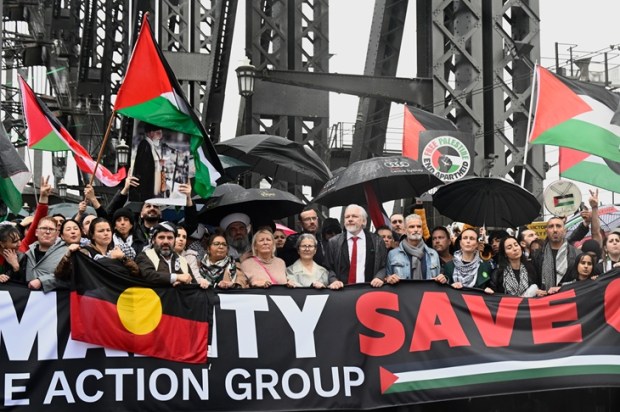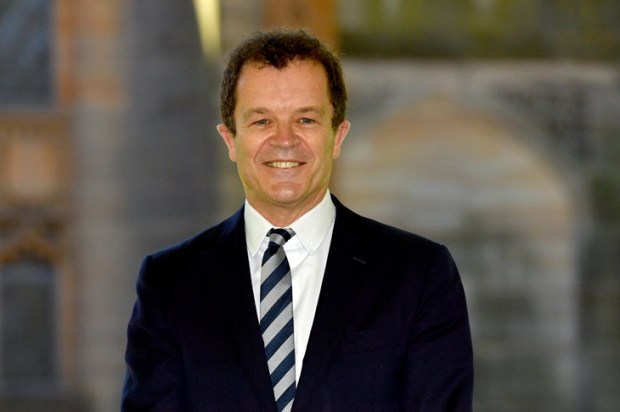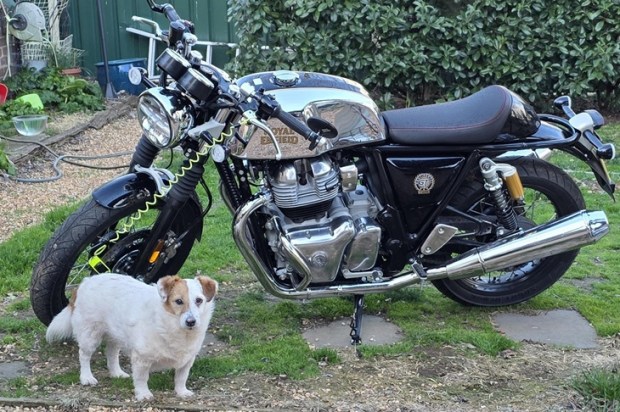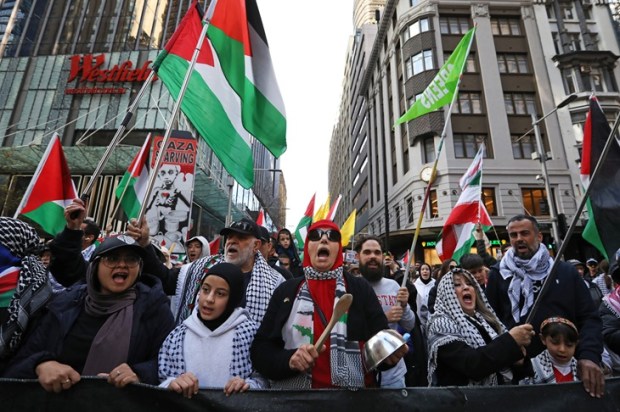July 10 marks the 85th anniversary of the Battle of Britain. While it was far away from Australia, as a lad growing up in 1980s Far North Queensland, my boyhood imagination soared over the skies of 1940 Britain.
The Battle of Britain wasn’t just history to me. It was an obsession. Fuelled by Paul Brickhill’s Reach for the Sky and my hero-worship of Sir Douglas Bader, Airfix models of Hurricanes, Spitfires, Me-109s, and Me-110s filled my bedroom, each plastic kit a tribute to the RAF’s defiance.
Now in my 50s, that fascination endures, reinvigorated by a recently discovered family connection to another wartime theatre and a career that brought me tantalisingly close to my boyhood dream of becoming a fighter pilot.
Growing up in 1980s Australia, the Battle of Britain felt both distant and intimate. Brickhill’s biography of Douglas Bader, the legless ace who laughed in the face of adversity, was a dog-eared bible for my sense of duty. Bader’s determination, still plotting escapes after being shot down and captured, echoed Baden-Powell’s Scout ethos of resilience and resourcefulness. The sporting life hardened one’s body and mind in preparation for the defence of the Empire.
Yet there was another hero closer to home. My great-grandfather was a veteran of the Battle of El Alamein. He served with the 2/2 Machine Gun Battalion. He called me ‘Baron’, after the Red Baron, indulging my dreams of becoming a fighter pilot. Recently, I discovered that some of his 2/2 mates hailed from Gunning NSW, my current home village, a coincidence that weaves my family’s past into the fabric of my present.
In the Battalion’s record of the Middle East campaign, Muzzle Blast, my great-grandfather’s name was recorded incorrectly. My great-grandmother, who lived well into her 90s, told me he had been rejected for service in the initial round but went back under his brother’s name. His service records are now available, and a letter shows he had his name corrected in the 1970s. He was my hero.
The only story he ever told was how a bullet had torn through his helmet and left scar tissue straight down the middle of his head. His hair never grew there again. He went on to survive the battlefields of New Guinea.
The Airfix models were my battlefield. Each kit, with its finicky sprues and glue fumes, demanded a patience I developed as time passed unnoticed. Assembling Hurricanes, with their rugged dependability, or Spitfires, with their graceful elliptical wings, was a ritual of devotion. The Junkers Ju-87 Stukas, and Messerschmitt Bf-109s and Bf-110s, villains in my aerial dramas, hung from the ceiling on fishing line, locked in eternal dogfights above a clutter of Commando comics.
Those models are still available today, and I’ve amassed a collection, waiting for the day I find time to revisit that childhood craft. They’re more than nostalgia. They’re a link to a time when heroes flew and history felt alive.
I’m a shoo-in for membership of the Dull Men’s Club on Facebook.
The Battle of Britain, fought from July to October 1940, was far from dull. Hitler’s Luftwaffe aimed to crush the RAF, clearing the skies for an invasion of Britain. Outnumbered, the RAF’s pilots in Hurricanes and Spitfires, often barely out of their teens, fought back with ferocity. Churchill’s ‘The Few’ speech captured their sacrifice:
‘Never in the field of human conflict was so much owed by so many to so few.’
For an Australian boy, RAAF pilots like Australian fighter ace Pat Hughes (who flew with RAF squadrons but wore his RAAF uniform until his untimely end half-way through the Battle) made the battle personal. So too did my great-grandfather’s stories of El Alamein, where the 2/2 Machine Gun Battalion faced Rommel’s Afrika Korps in the desert.
My dream of flying fighters never materialised, but I found the next best thing. In training as an artillery forward observer, I called in air strikes, directing F/A-18s and F-111s in ground attack roles. Guiding those jets, their engines screaming as they delivered precision strikes, was a thrill that echoed my boyhood fantasies. I once called in the fighters while airborne in a Pilatus PC-9. I wasn’t the pilot, but it was close enough. If only my great-grandfather was alive so I could tell him that my ‘Baron’ nickname felt earned in those moments, a nod to the skies I’d always chased.
Why does the Battle of Britain still hold me in my fifties? Perhaps it’s the stark reality of its stakes. Liberty against oppression and fought in a deadly aerial ballet. Or maybe it’s the human stories of the pilots, of my great-grandfather’s mates from Gunning, of a war that shaped the world I inherited. The RAF’s ranks, swelled by Poles, Czechs, Canadians, and Australians, remind us that freedom’s defence knows no borders. My Airfix models, still waiting to be built, are a quiet promise to keep those stories alive.
In a world where patriotism is on the nose, there’s something enduring about that 1980s boy, dreaming of contrails and courage. The Battle of Britain, like my great-grandfather’s war, wasn’t just a moment. It was a legacy of resilience, built piece by piece, like an Airfix kit. For me, it’s a story that still flies true, even if young Australians today like to pretend it could never happen again. Lest we forget.
Dr Michael de Percy @FlaneurPolitiq is The Spectator Australia’s Canberra Press Gallery Correspondent. If you would like to support his writing, or read more of Michael, please visit his website.


























